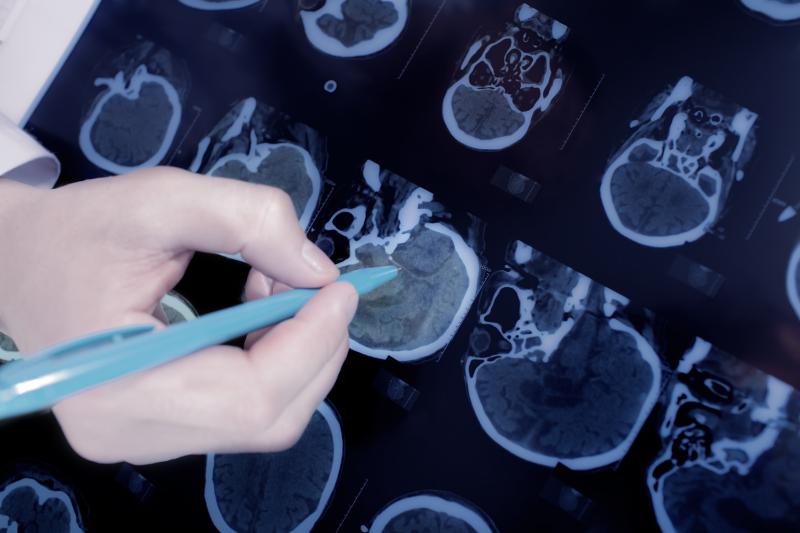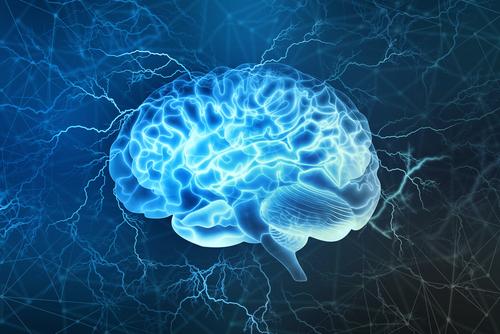Content on this page:
Content on this page:
Overview
Ischemic stroke is a type of stroke characterized by the
sudden absence of blood supply to an area of the brain, spinal cord, or retina
secondary to a thrombus, emboli, or intracranial small vessel disease, as
stated in the Introduction
section.
Ischemic stroke accounts for 65% of all incident strokes
worldwide. A detailed discussion about the prevalence of stroke and ischemic
stroke is in the Epidemiology
section.
The Pathophysiology section states that in stroke, there is a significant
reduction or cessation of cerebral blood flow, whether due to systemic
hypoperfusion, severe arterial stenosis, or vessel occlusion, that triggers a
cascade of metabolic and molecular disturbances that disrupt neuronal function and
ultimately lead to structural brain injury.
The most common risk factors in ischemic stroke include
hypertension and diabetes mellitus (DM). Other risk factors are further
discussed in the Risk Factors section.
 Ischemic Stroke_Disease Summary
Ischemic Stroke_Disease SummaryHistory and Physical Examination
The Clinical Presentation section describes the common presentation of
patients with acute ischemic stroke by region, such as left and right
hemisphere, brainstem and cerebellum.
The History
section explains the essential information needed in the evaluation of ischemic
stroke.
The importance of a complete physical and neurologic
examination in the assessment of ischemic stroke is stated in the Physical Examination section.
Diagnosis
The Diagnosis or
Diagnostic Criteria section
features the clinical stroke scores, such as the National Institutes of Health
Stroke Scale (NIHSS), the Rapid Arterial Occlusion Evaluation Scale (RACE) or
the Los Angeles Motor Scale (LAMS) in the evaluation of ischemic stroke.
Discussion on diagnostic tests that may be done in ruling
out other diseases that may mimic the symptoms of ischemic stroke is in the Laboratory Tests and Ancillaries section.
The Imaging
section discusses the need for neuroimaging and vascular imaging studies for the
prompt management of patients suspected of having ischemic stroke.
Stroke mimics or conditions with stroke-like symptoms that
should be ruled out in the diagnosis of ischemic stroke are listed in the Differential Diagnosis section.
Management
Patients should be assessed prior to initiating and delivering
thrombolysis in patients with ischemic stroke. The patient inclusion and
exclusion criteria are enumerated in the Evaluation
section.
The Pharmacological
Therapy section discusses in
detail blood pressure management, thrombolysis, other therapeutic measures and
management options for both primary and secondary prevention.
The Non-pharmacological section explains the
importance of supportive care in the management of ischemic stroke.
Endovascular interventions, revascularization procedures,
and other surgical options are in the Surgery section.
The Prevention
section discusses primary and secondary prevention in the management of
ischemic stroke.
The Monitoring section discusses the need for
rehabilitation in all patients with ischemic stroke after careful assessment.












